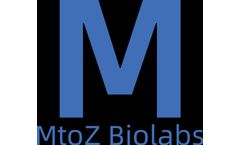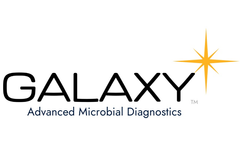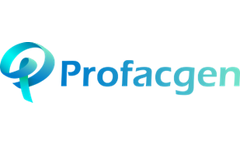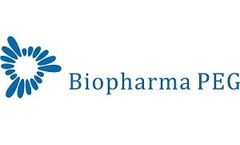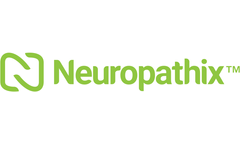Targeted Molecular Articles & Analysis: Older
14 articles found
To date, scientists have leveraged various therapeutic avenues, including precision medicine, targeted therapies, and immunotherapy. However, issues such as drug delivery across the blood-brain barrier, tumor heterogeneity, and therapeutic resistance remain unresolved. ...
At that time, based on identification of recurrent genomic alterations in the eight most deadly cancers and their ranking on the ESMO Scale for Clinical Actionability of molecular Targets (ESCAT), NGS was recommended for advanced non-squamous non-small-cell lung cancer (NSCLC), prostate cancer, ovarian cancer and cholangiocarcinoma. ...
After the bait protein reacts with the target protein, a band corresponding to the target protein can be detected depending on the bait protein used.Experimental Materials1. ...
Small molecule drugs are being developed to target and effectively treat brain tumors to improve therapeutic outcomes. ...
By predicting the interactions between antibody drugs and molecular targets, antibody modeling services can enhance the affinity and specificity of antibody drugs and reduce the development time and cost. ...
This can be a difficult process considering what illness is being targeted. You can read more about bacteria and viruses and how they are treated here. ...
At present, technologies such as PROTACs, molecular glues, degradation tags, lysosome-targeted chimeras, and autophagosome-binding compounds have been developed in the field of TPD, which greatly expands the range of degradable target proteins. ...
Currently, targeted protein degradators are mainly divided into two types: small molecular "molecular glue" and biffunctional molecular degradators (PROTAC), both of which can mediate the binding and degradation of E3 ubiquitin ligase to the target protein. ...
Horseradish peroxidase (HRP) is the most commonly used enzyme because of its high activity, stability, small molecular weight and easy preparation of pure enzyme. It is composed of multiple isoenzymes, with a molecular weight of 40,000 and an isoelectric point of PH3 to 9. ...
The Dana-Farber Cancer Institute utilized SWOT analysis to targeted protein degradation drug development to better evaluate the approach's strengths, weaknesses, opportunities, and threats. ...
The use of experimental animal models in drug development aids in the understanding of disease and/or related conditions' origins, pathophysiological features, mechanisms, drug target identification, properties, toxicity and safety, pharmacokinetics, and efficacy evaluation, as well as the development of therapies. Despite the success of the Human Genome Project and other ...
Various calculations are encompassed in the basic experiments related to drug discovery and preparation, such as the calculation of excited state, charge density, molecular volume and so on. One of the vital and extensively applied computing technologies is virtual screening, which is abbreviated as VS. ...
As a pharmacologist, I was astounded by the complexity of CBD as it interacts with what we call molecular targets, but that isn’t really a good property in our field because we work with substances that have more direct effects. In the case of CBD, there must be about a dozen targets that it interacts with, and we wanted a compound that was ...
Quantum dots have the potential to be used as contrast agents for molecular imaging in vivo, but there are many challenges in optimising such procedures, both in pre-clinical animal models and in the potential clinical applications. In particular, it is critical to obtain the optimal target-to-background contrast to achieve maximum diagnostic accuracy. ...



